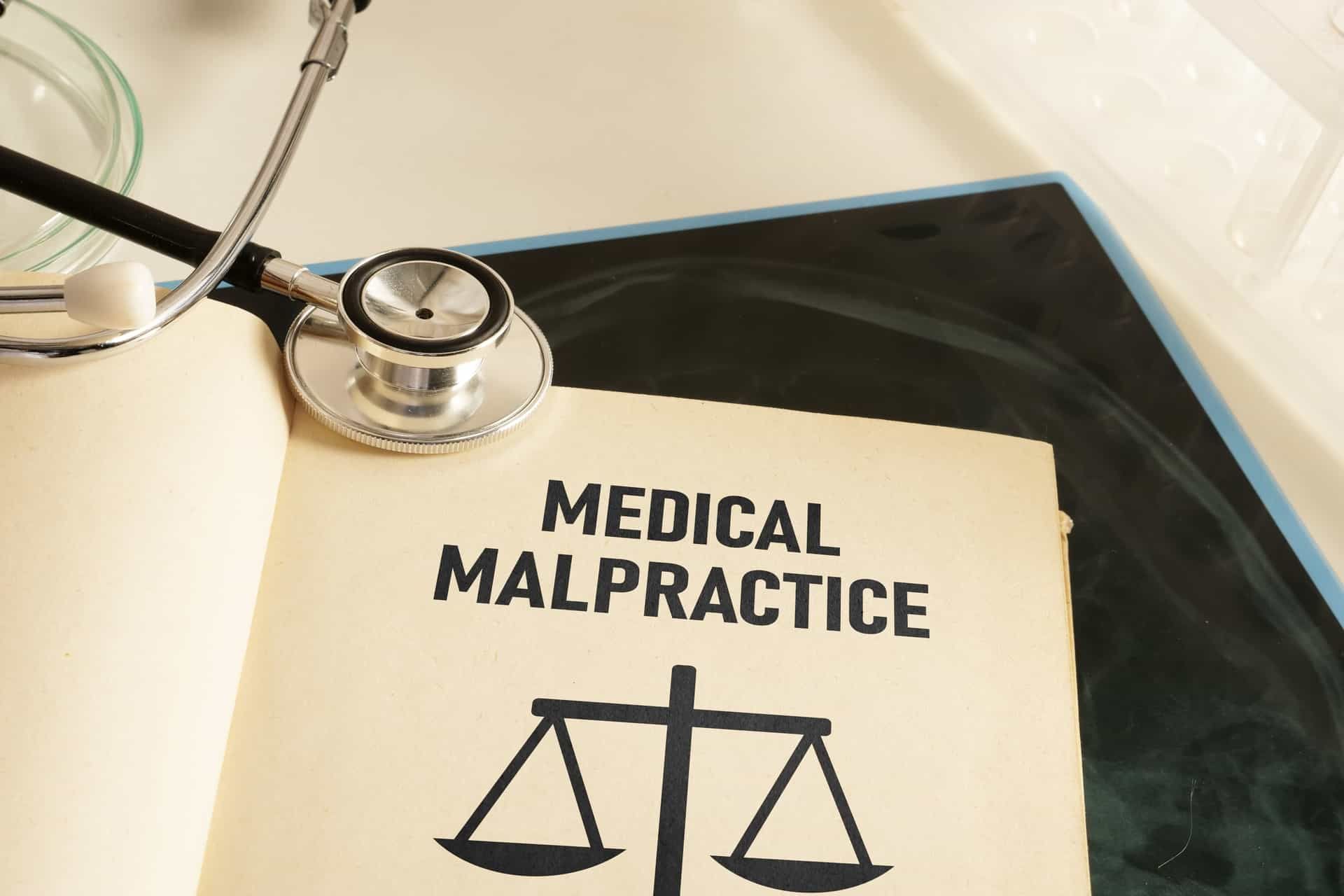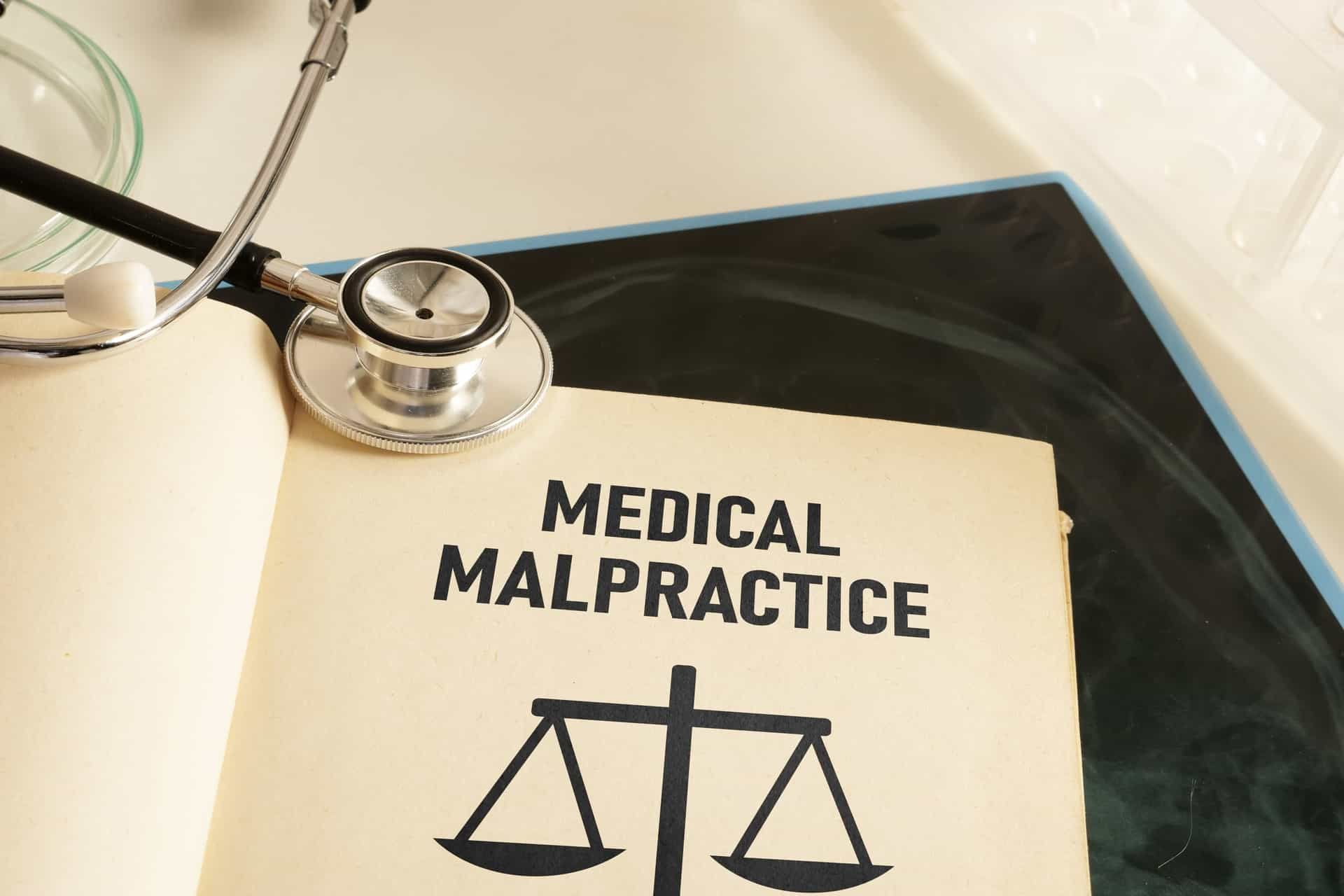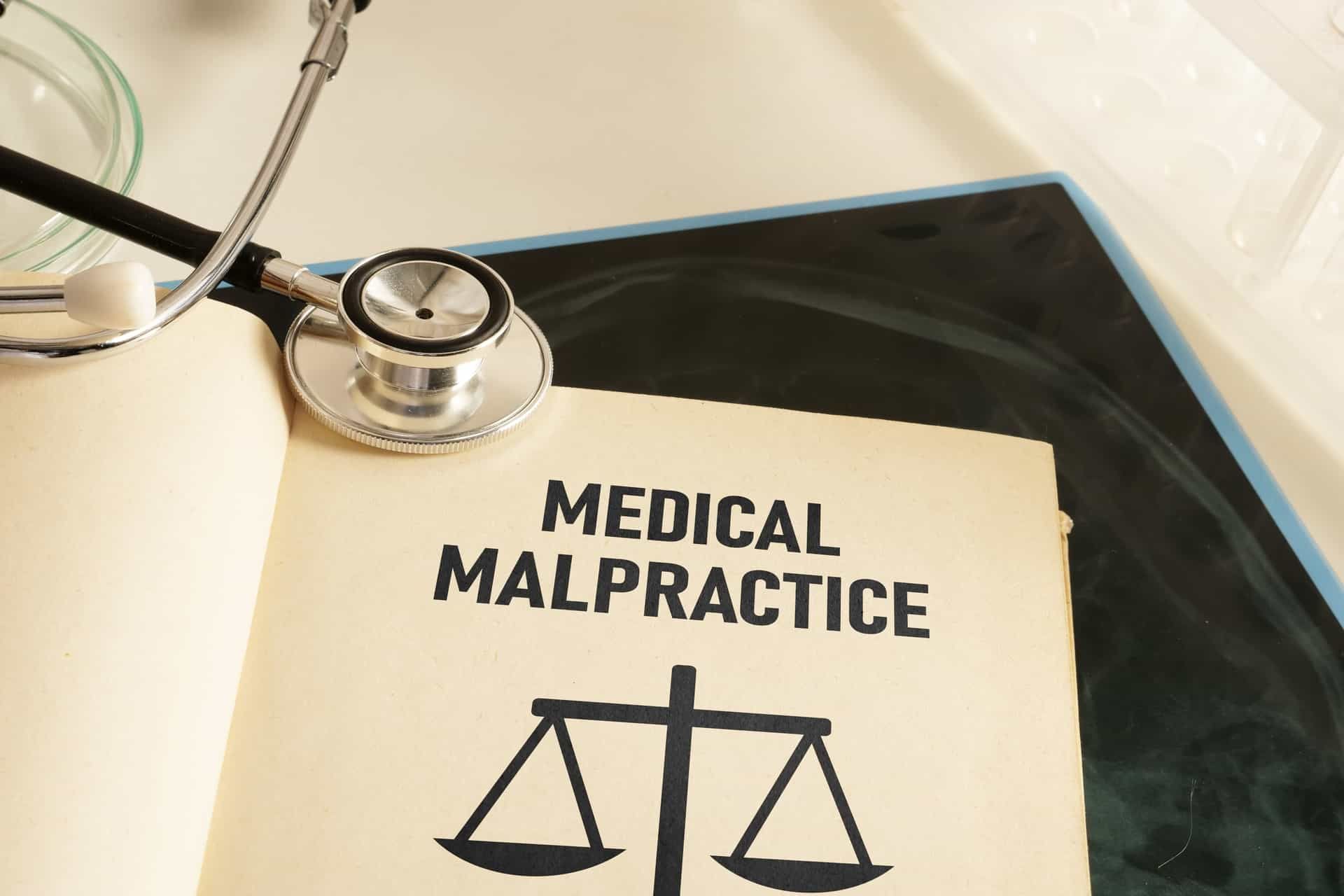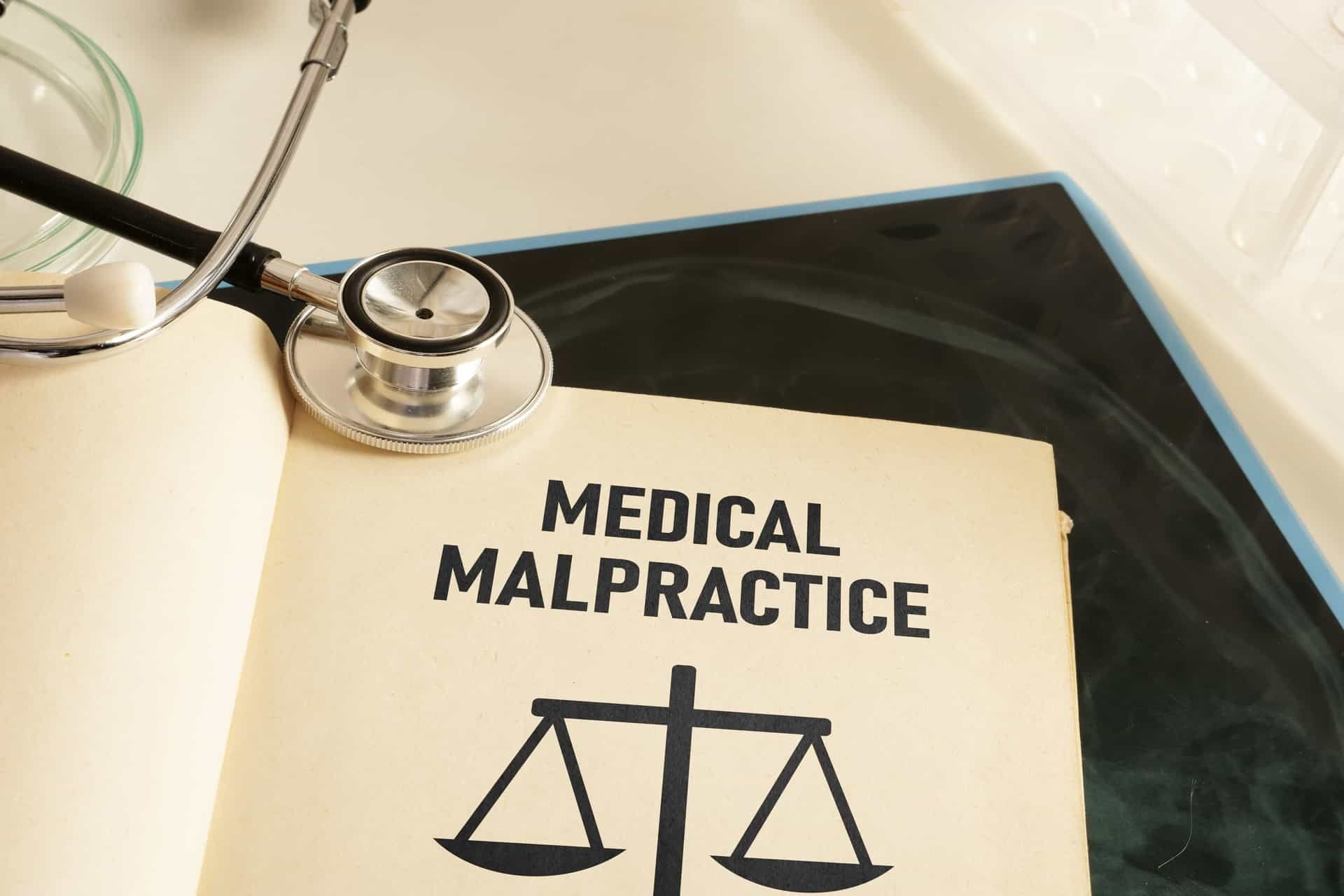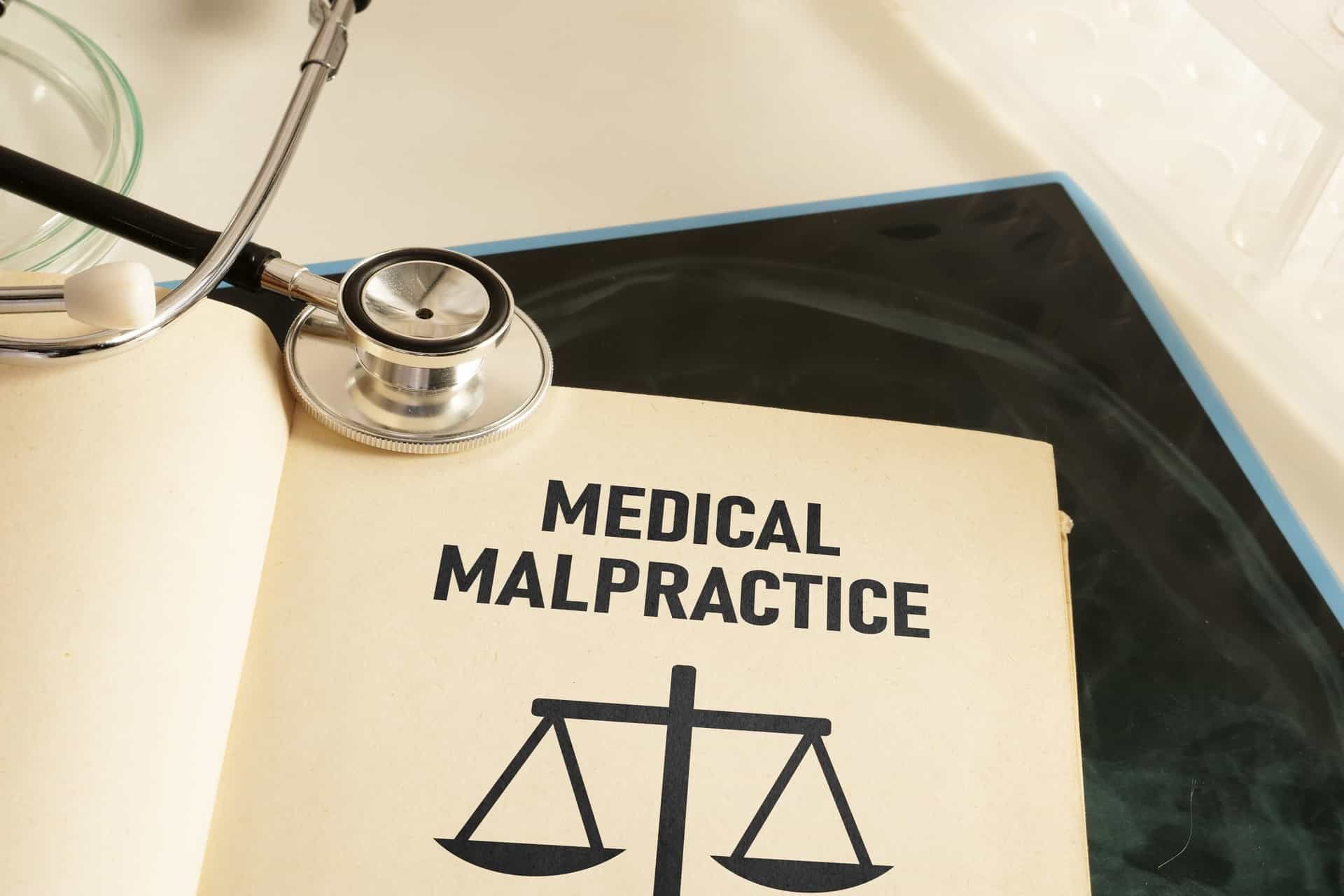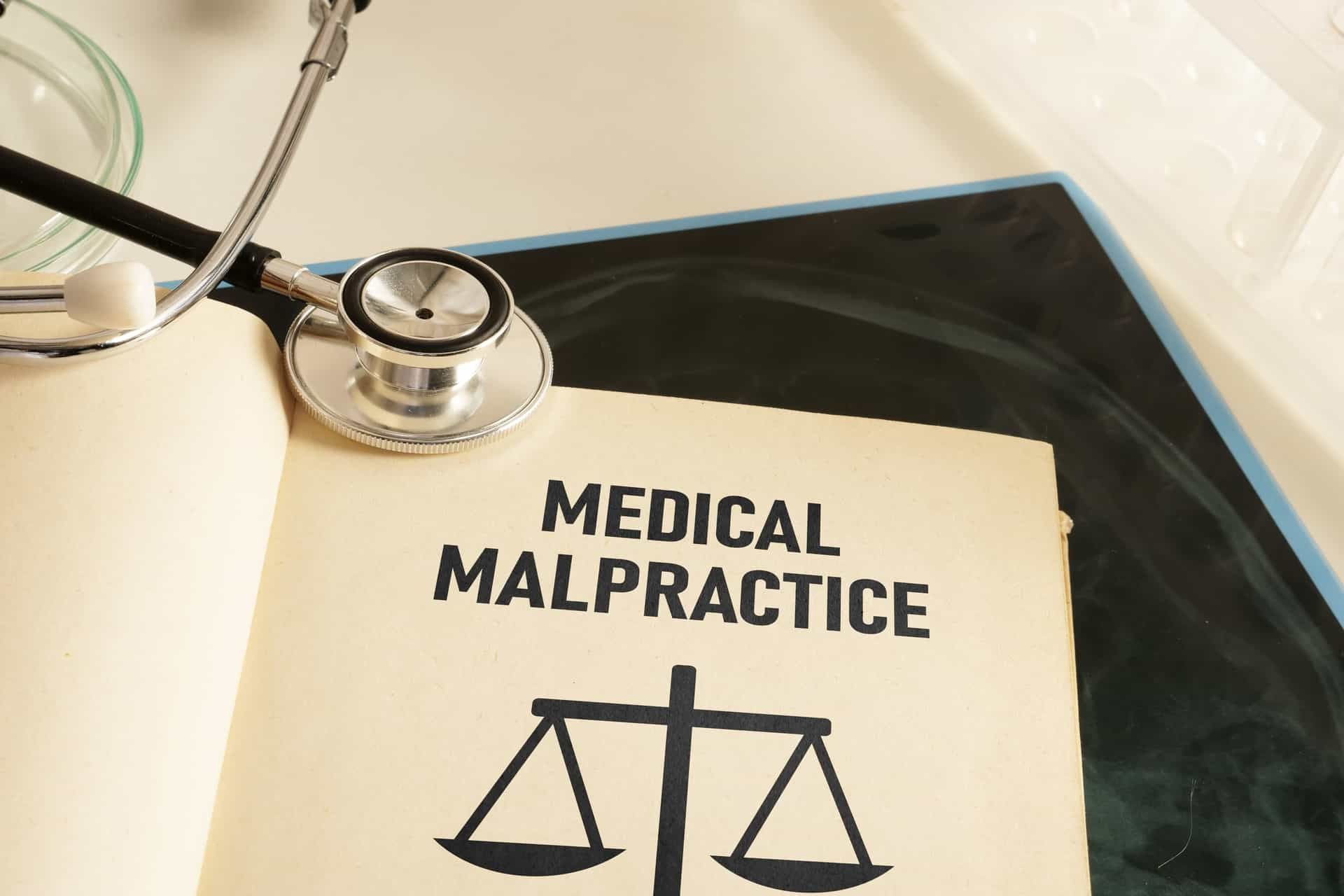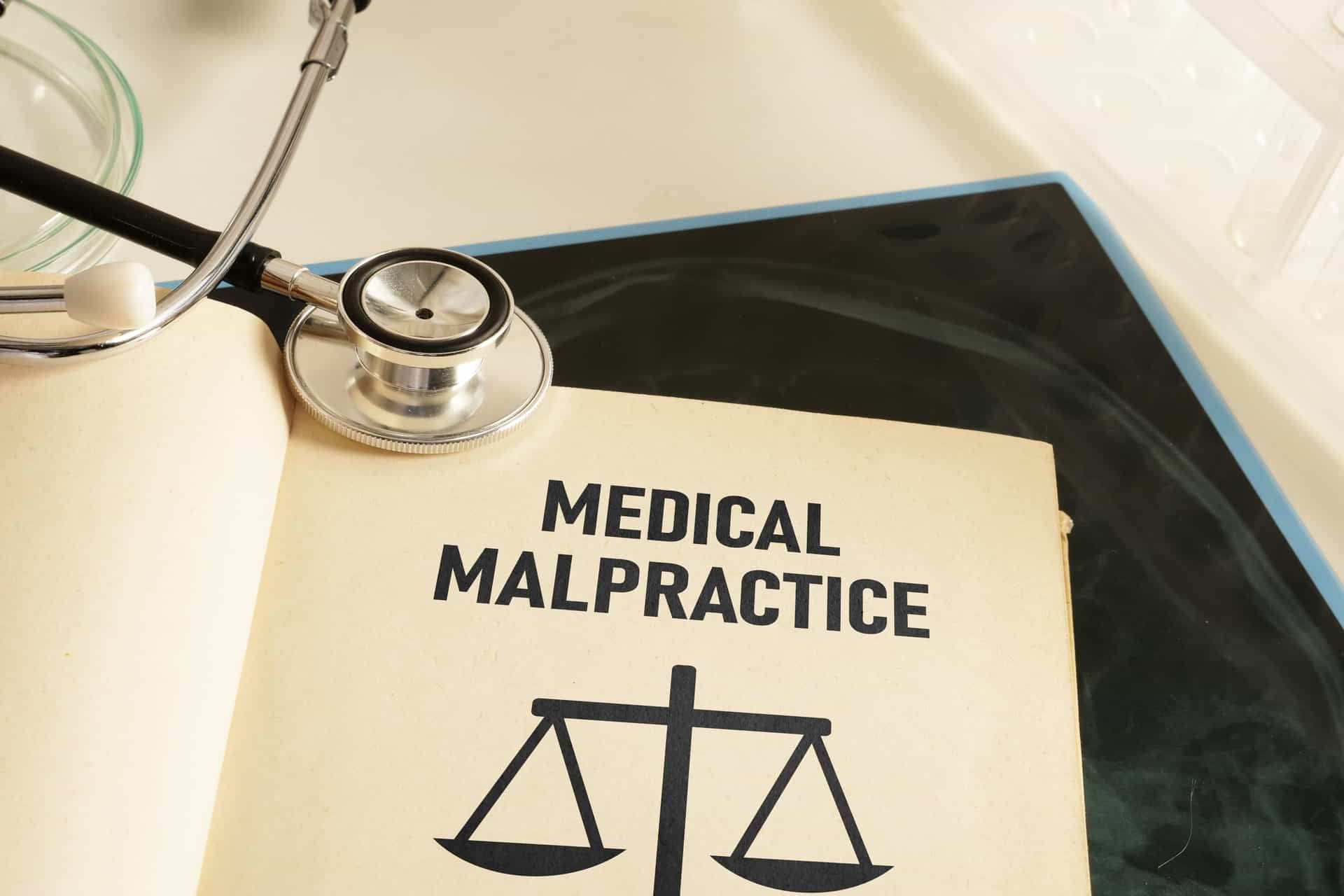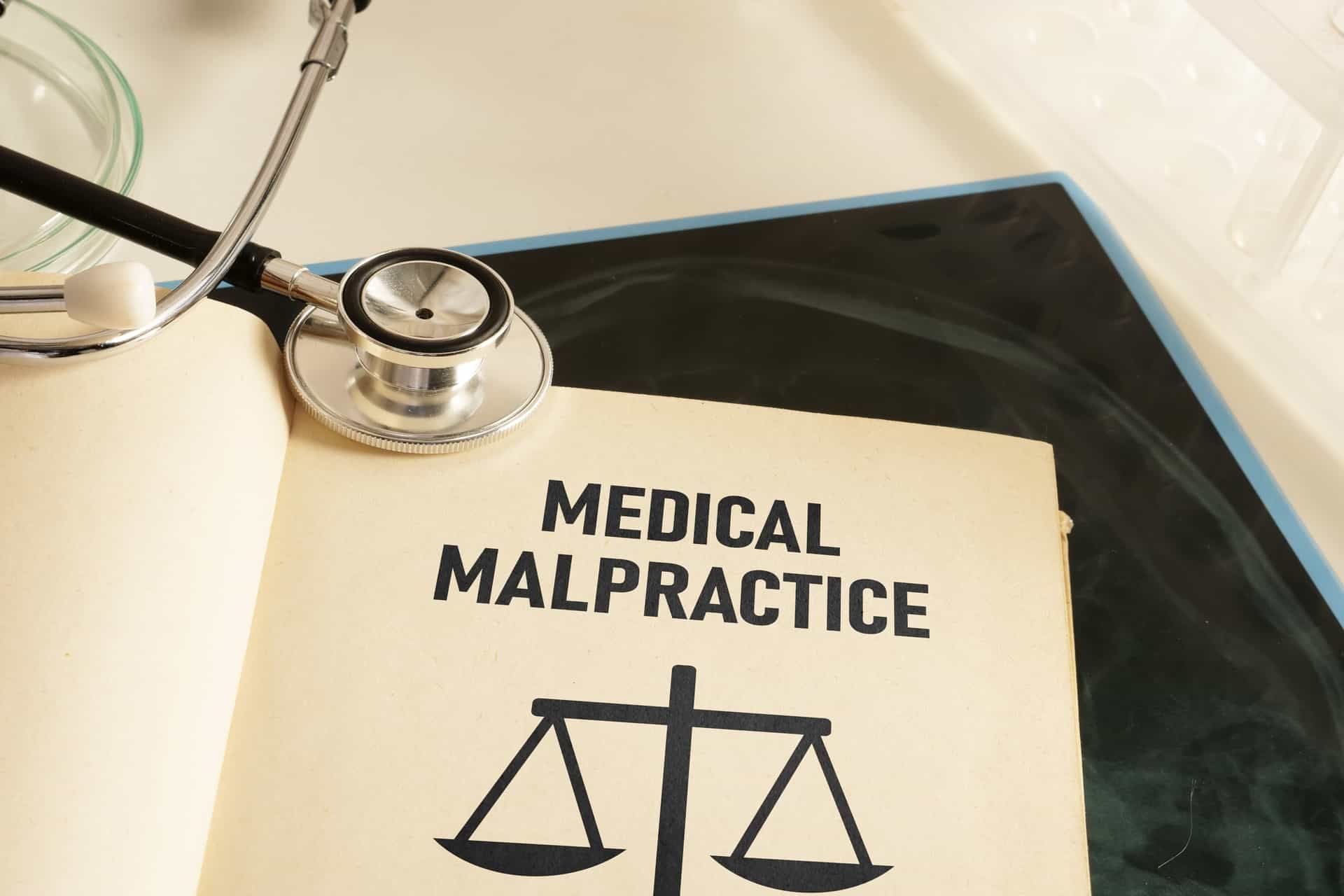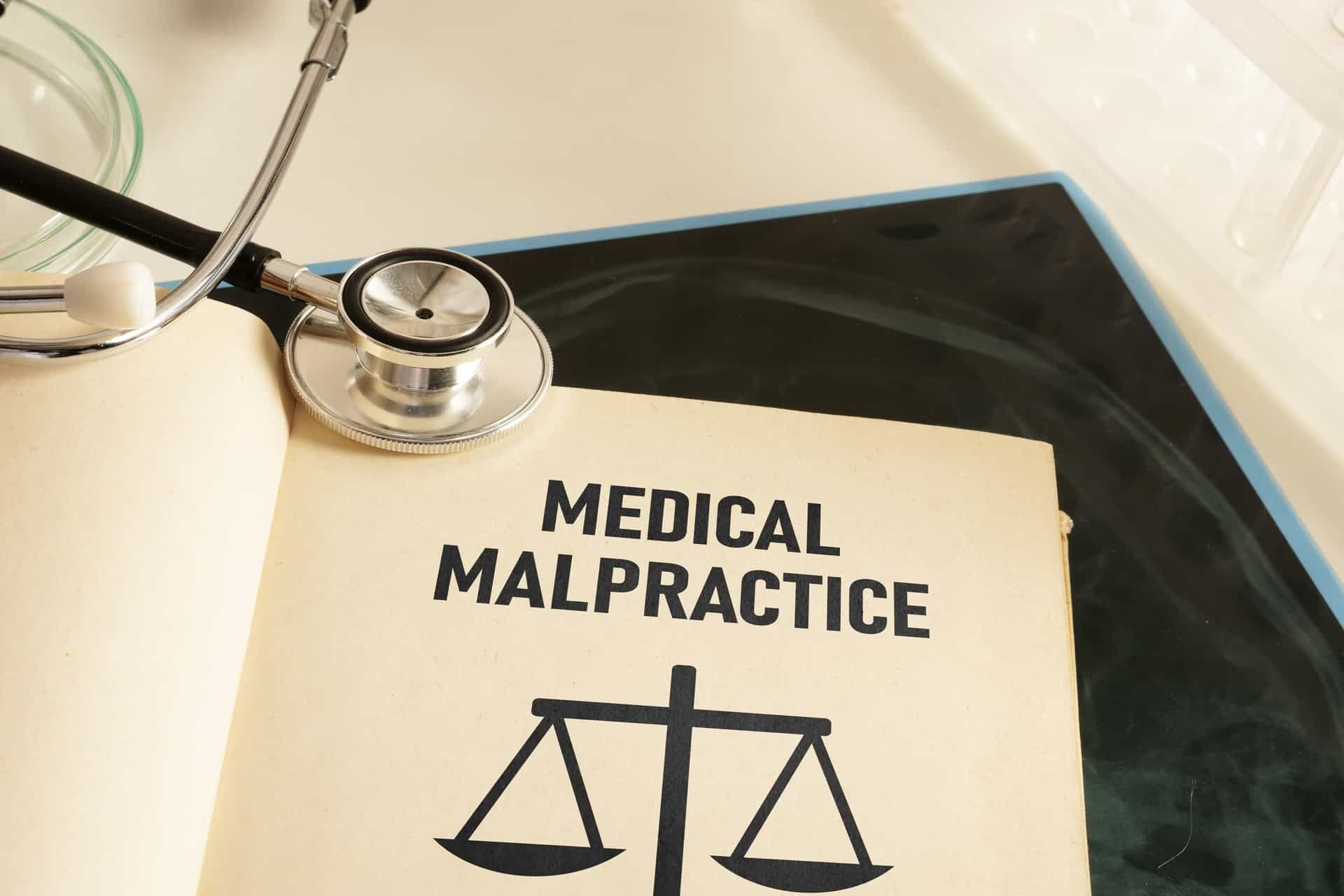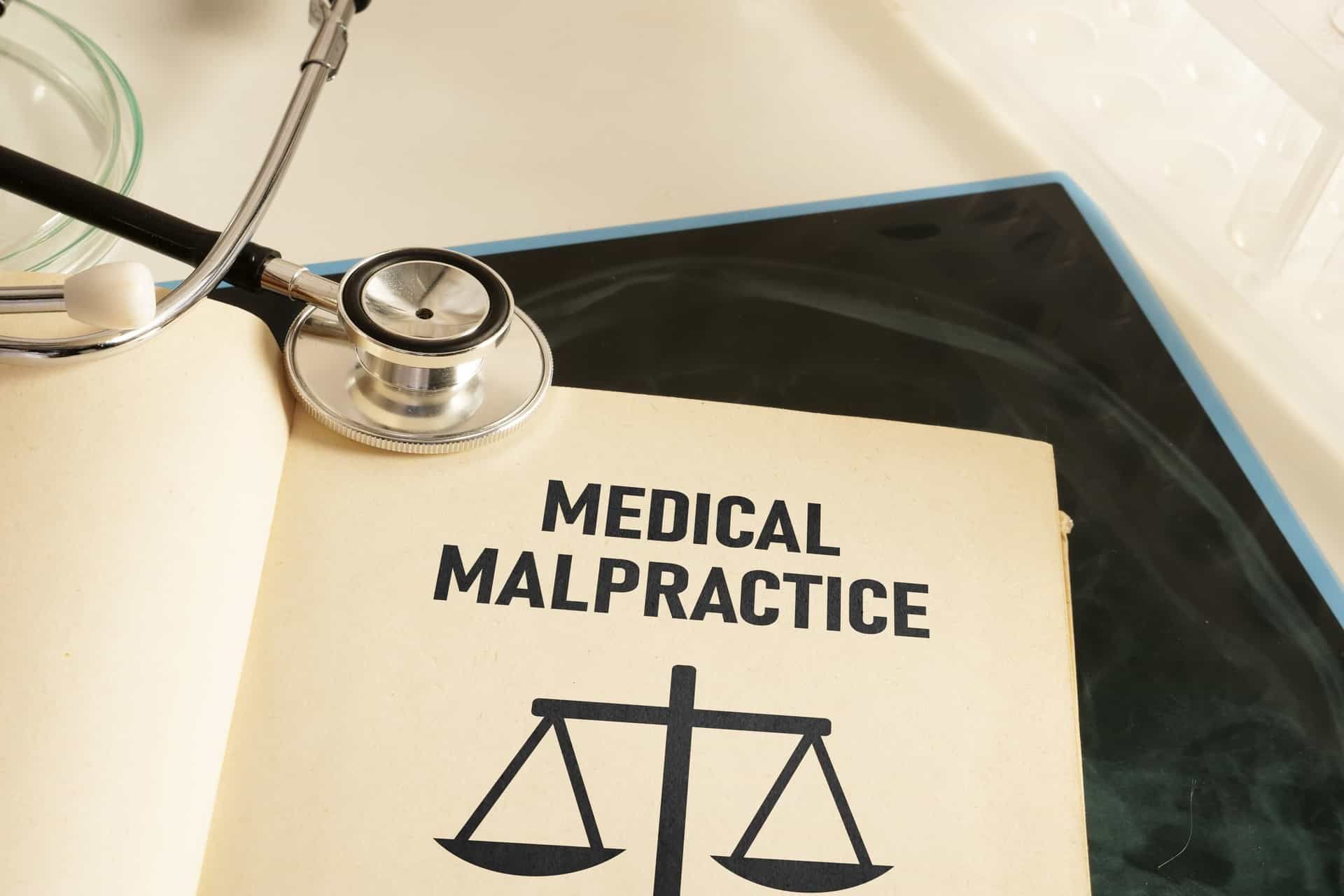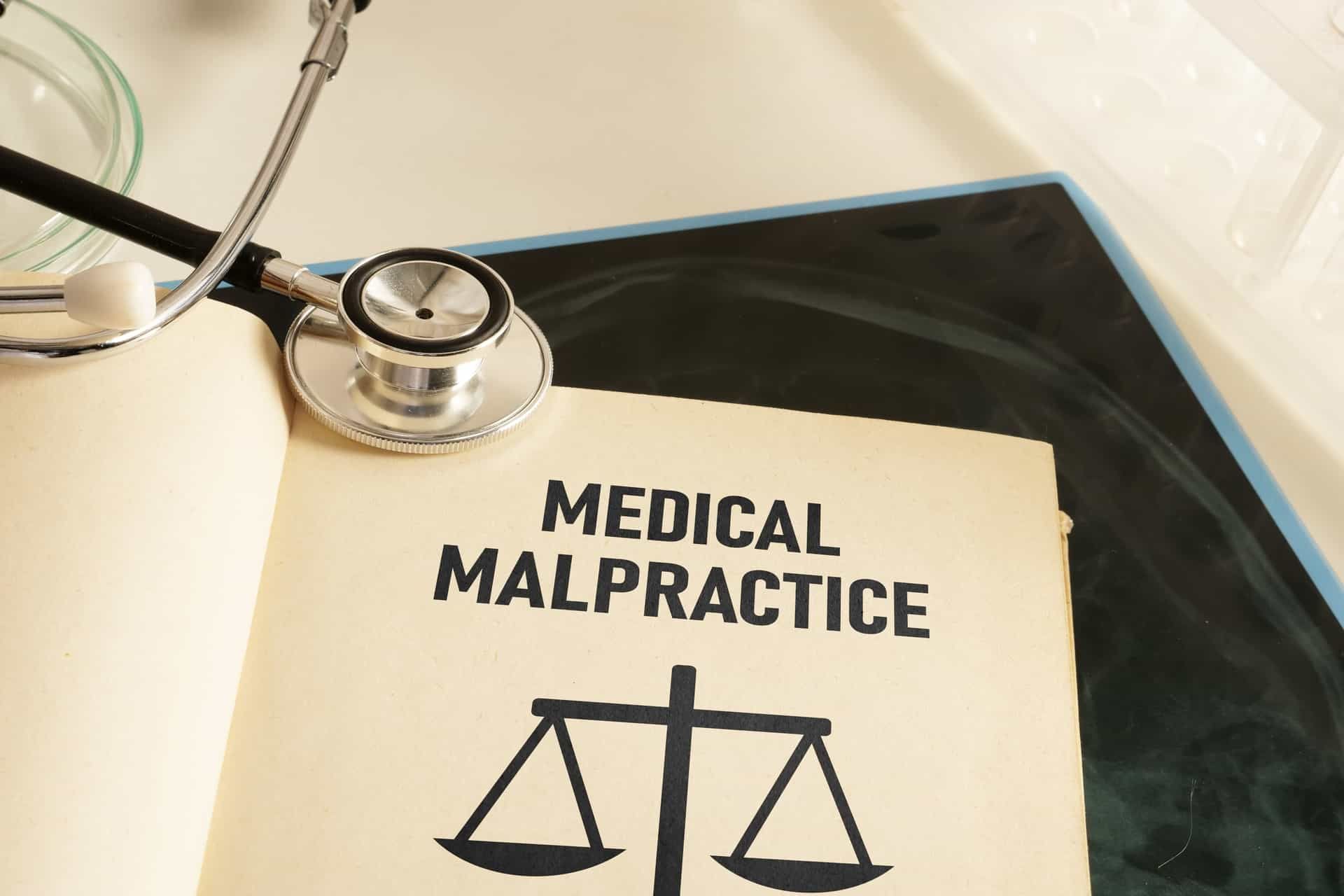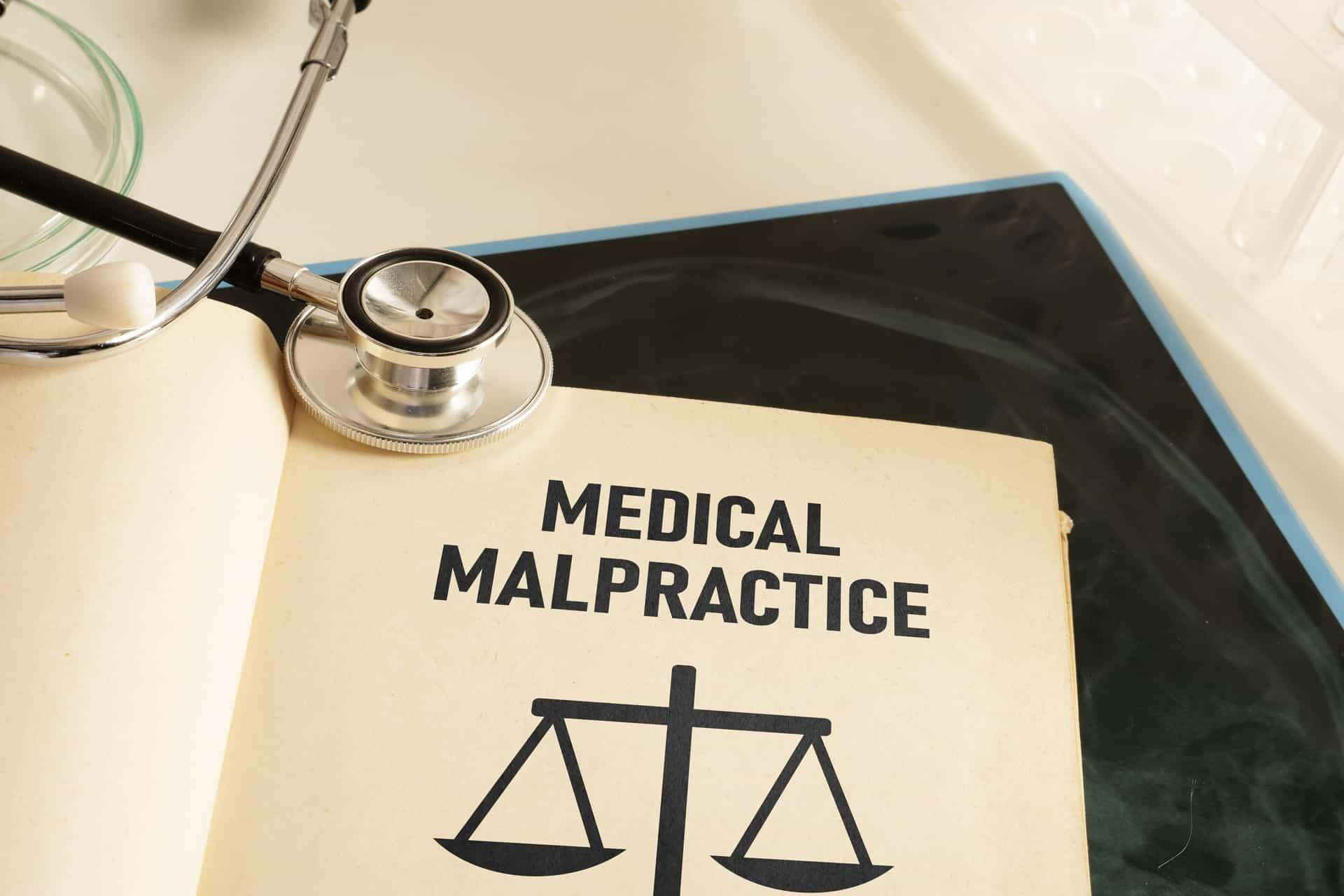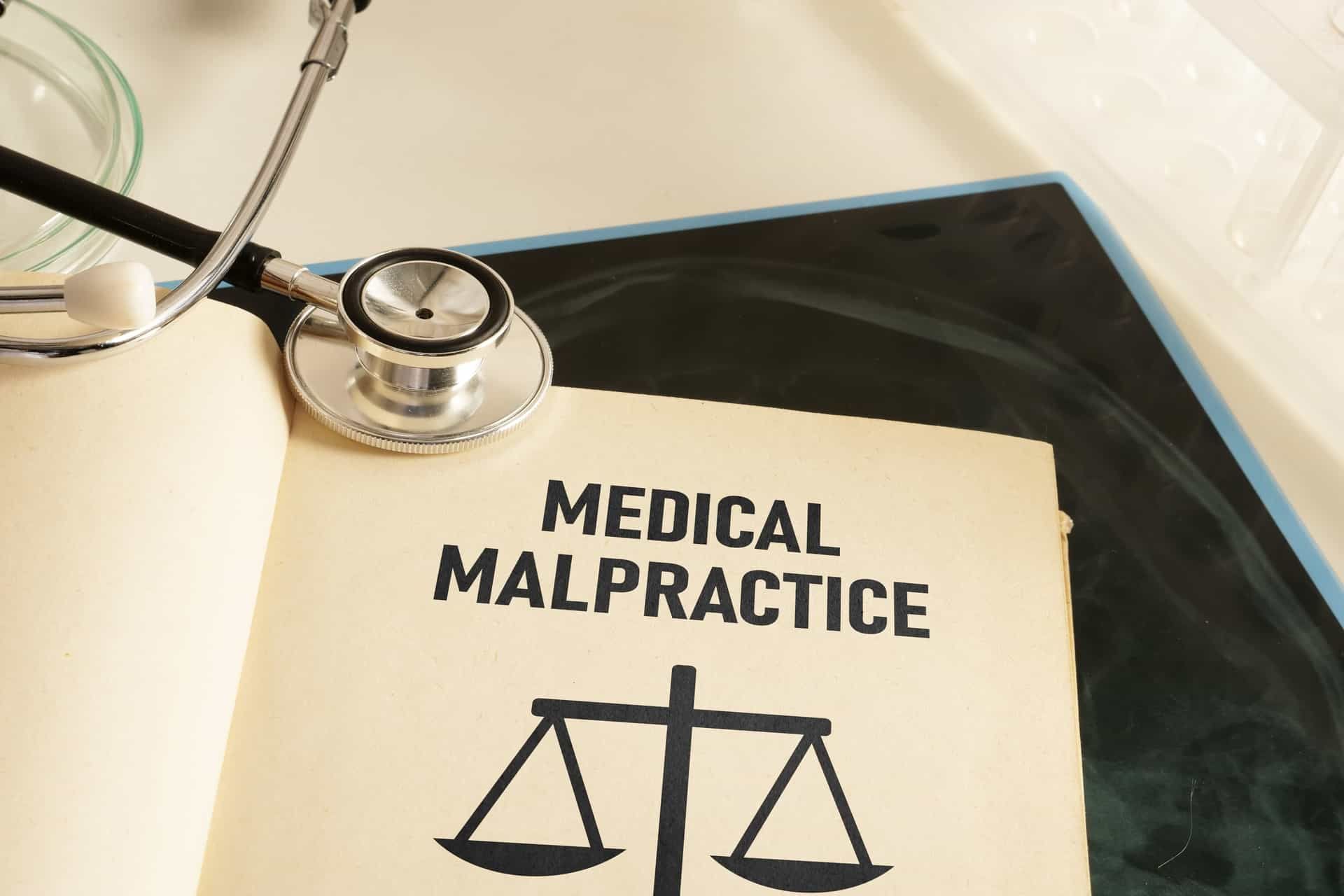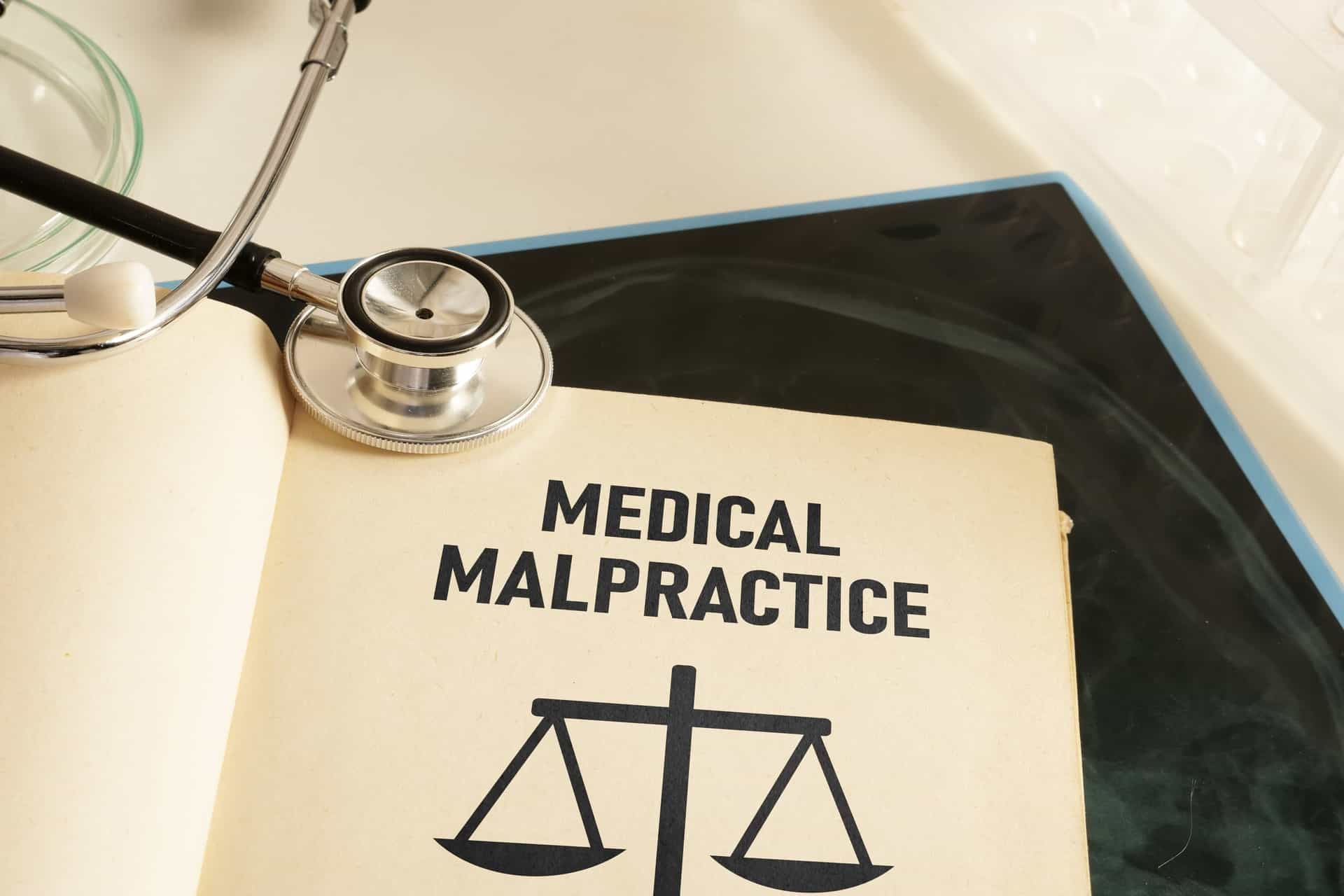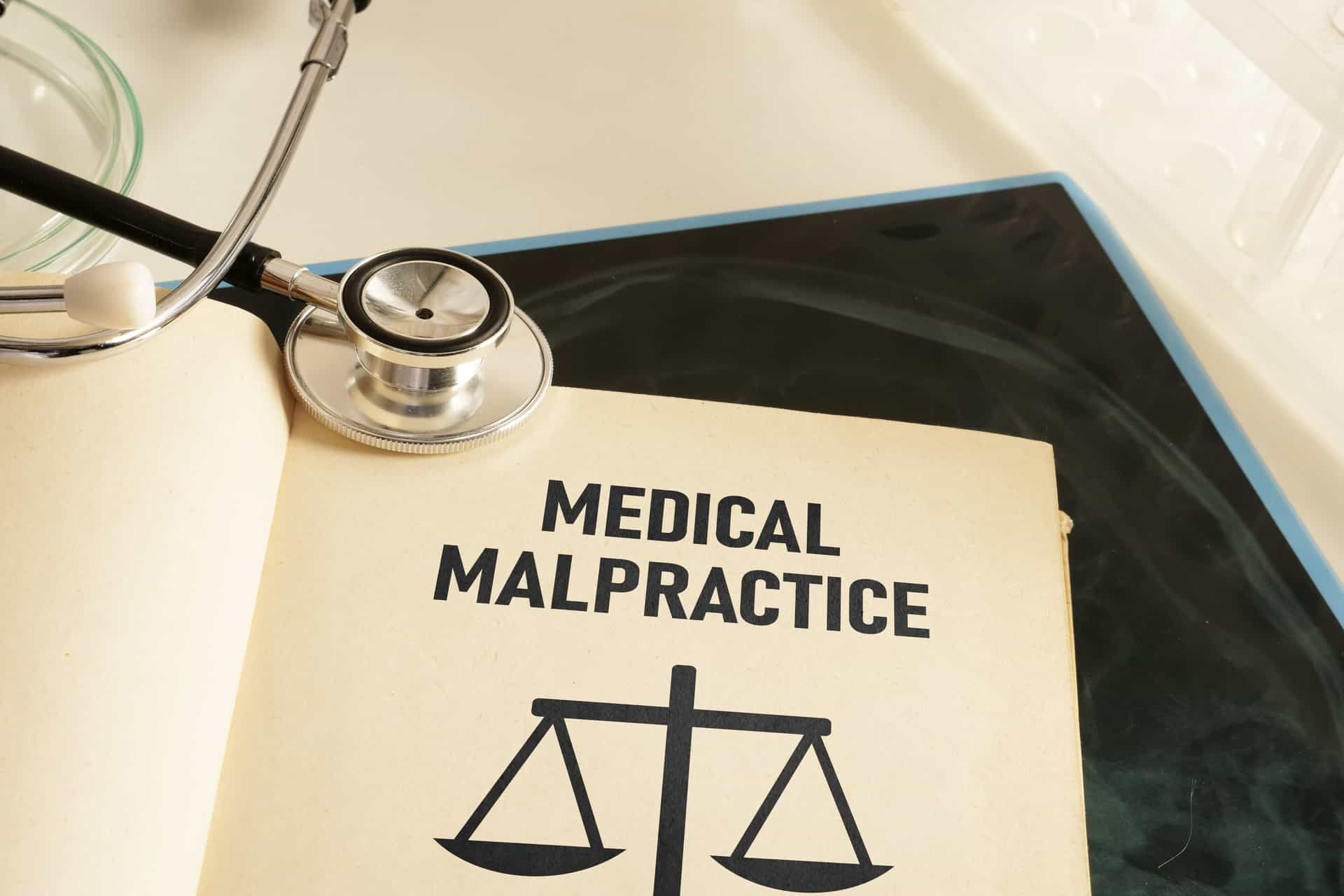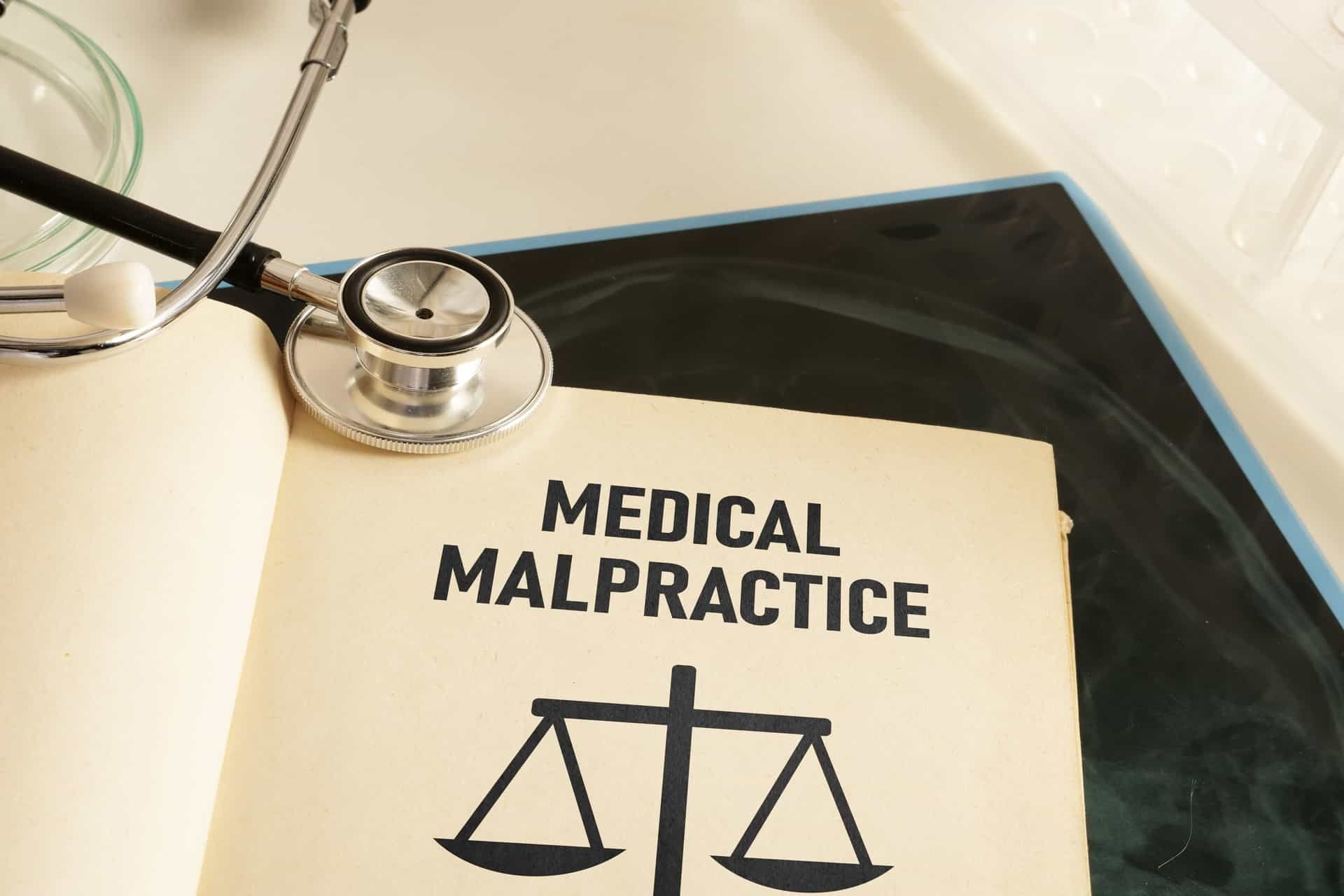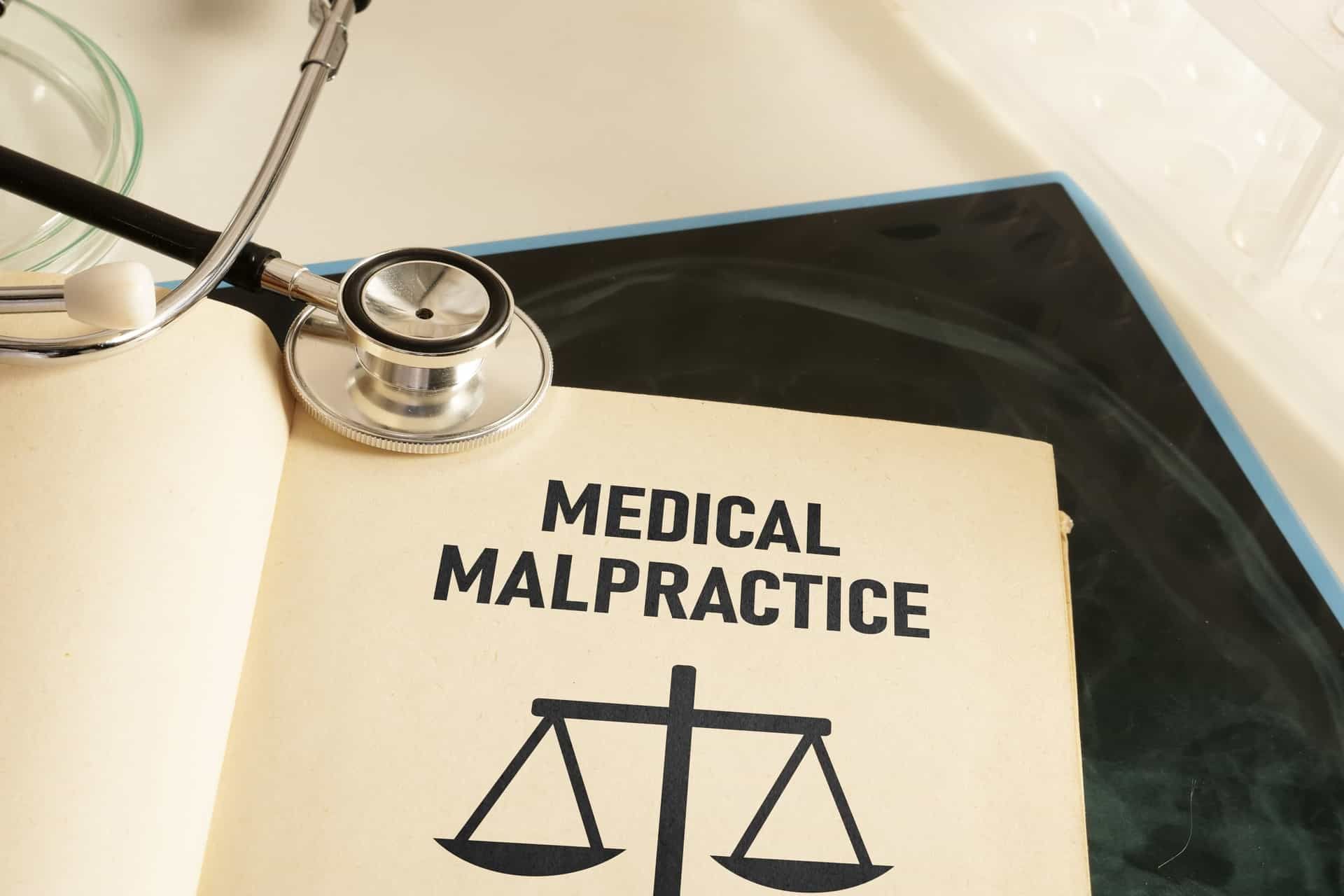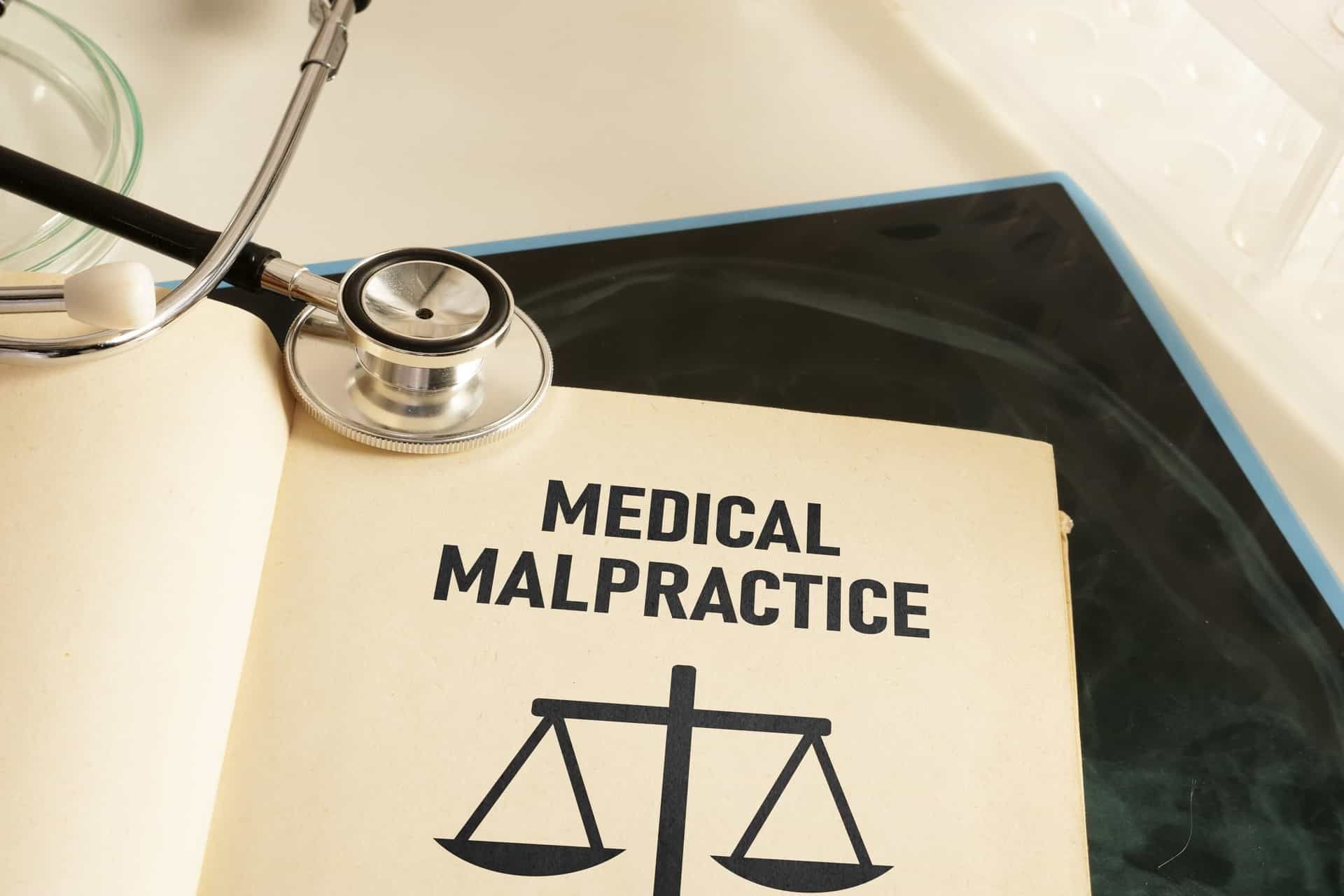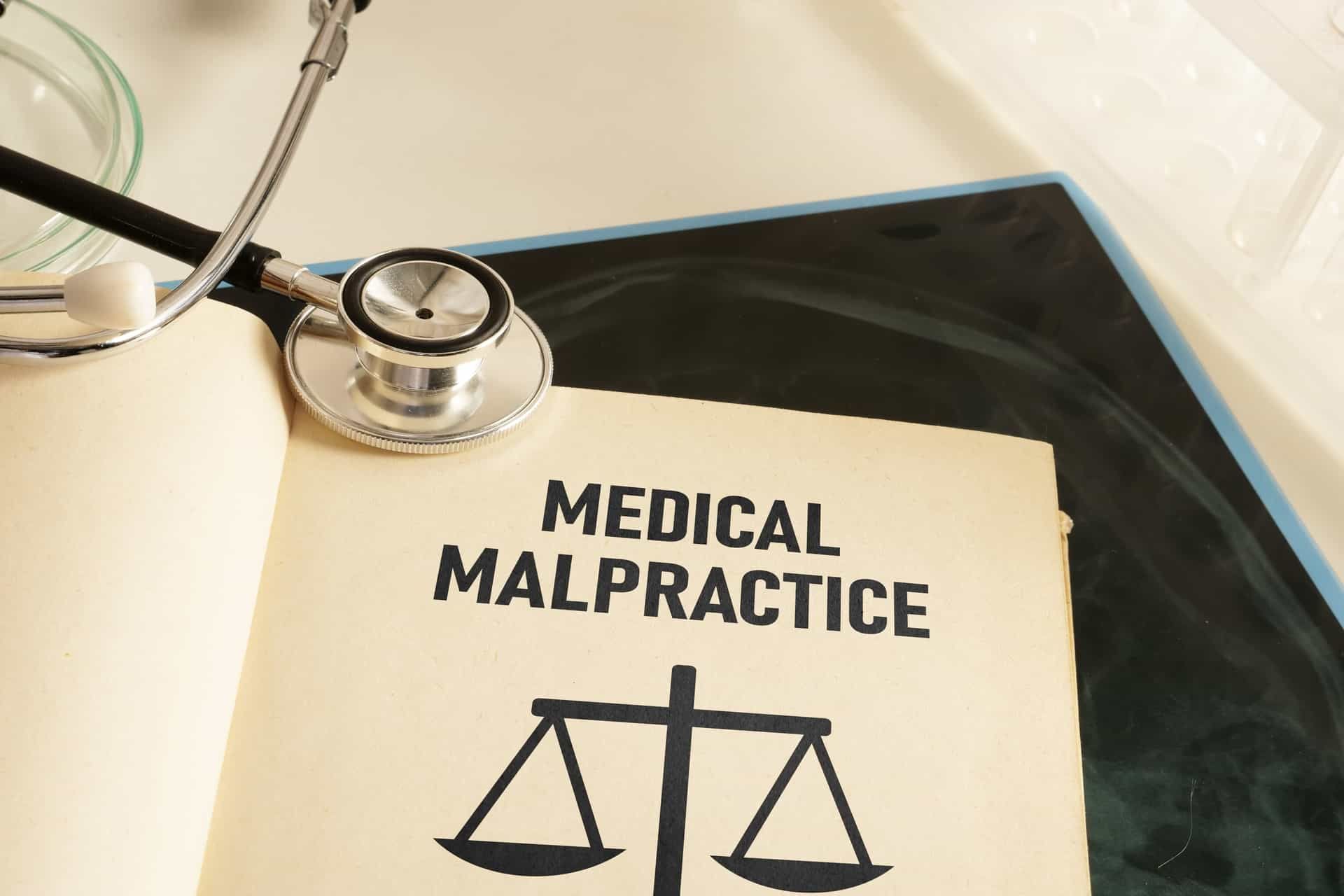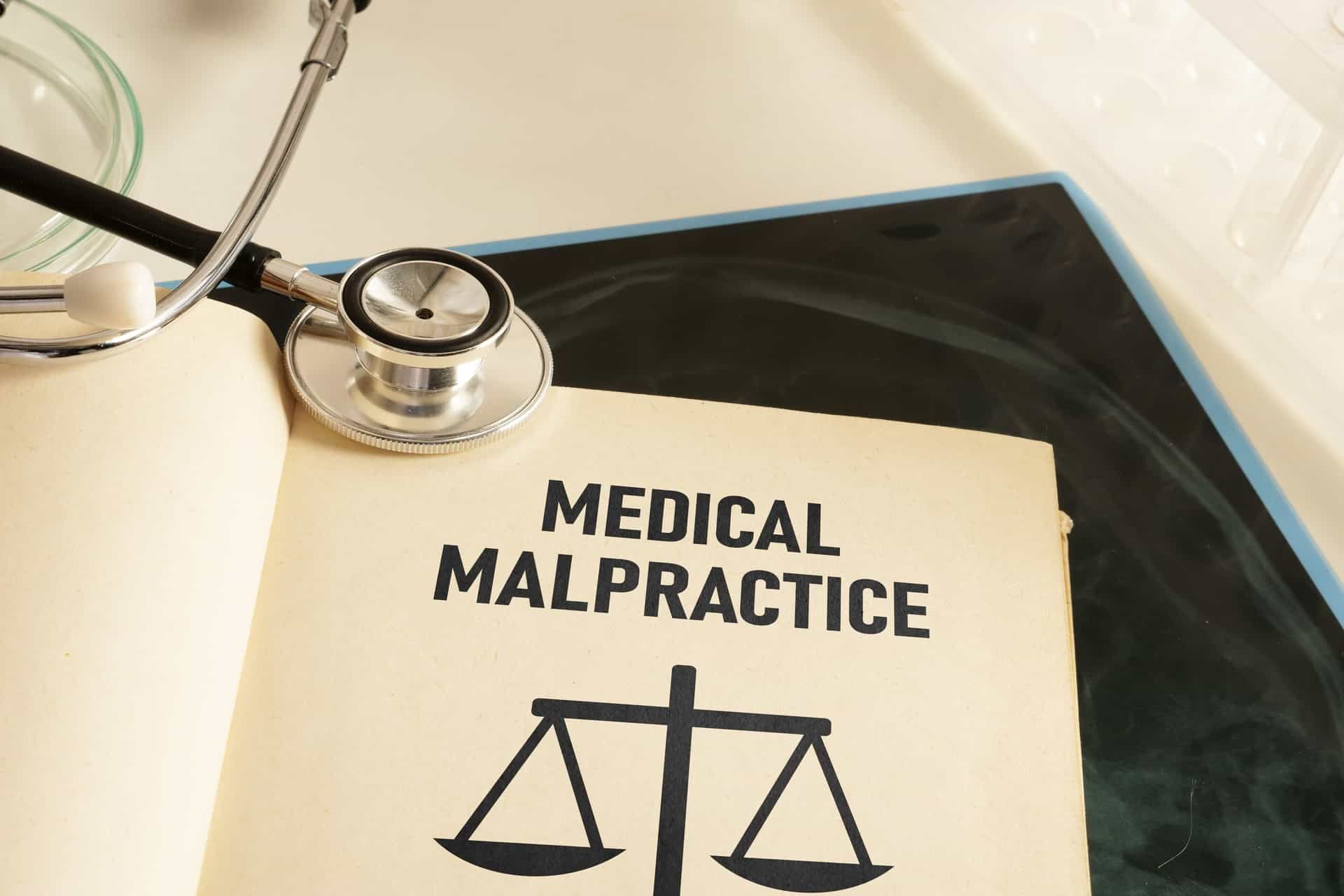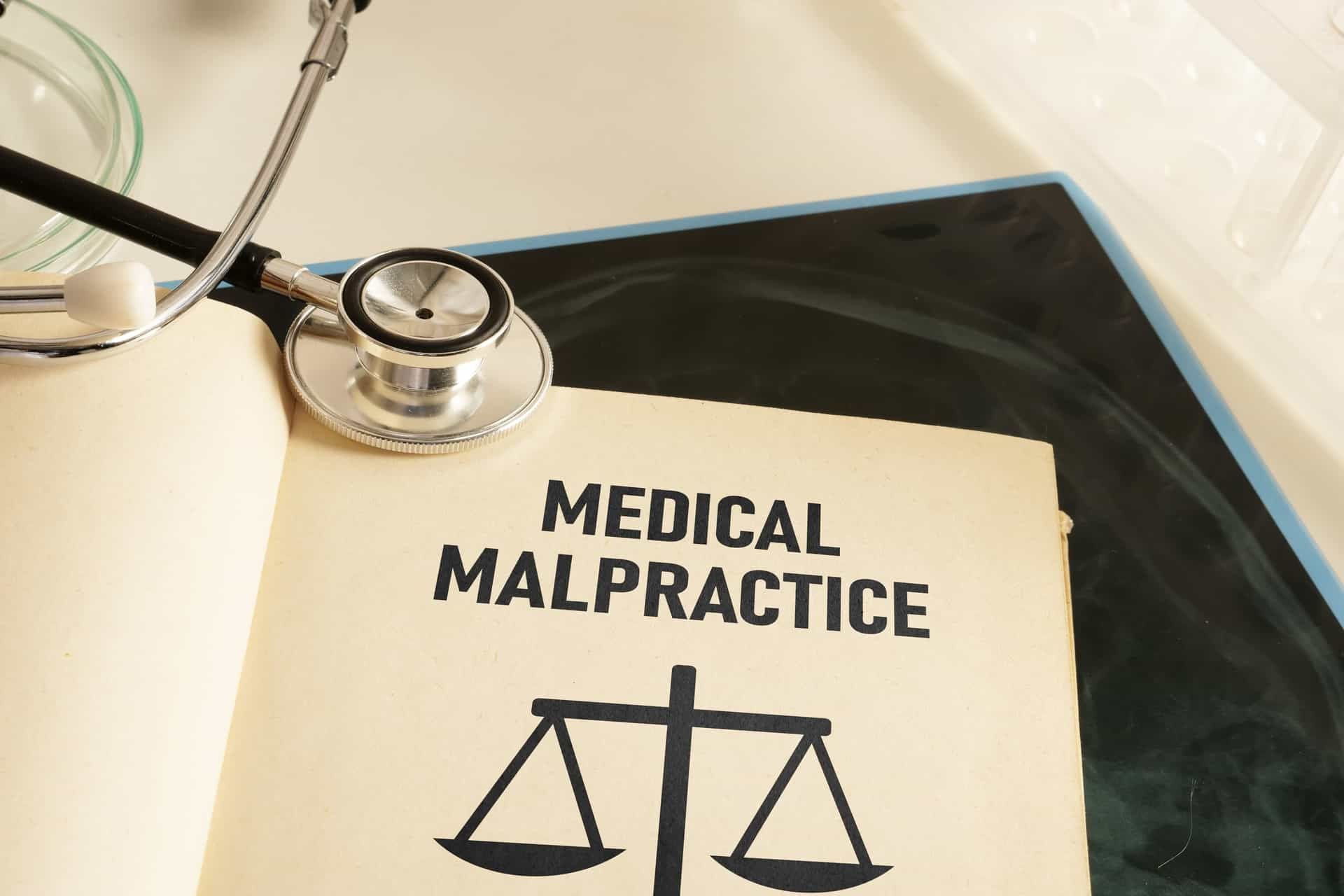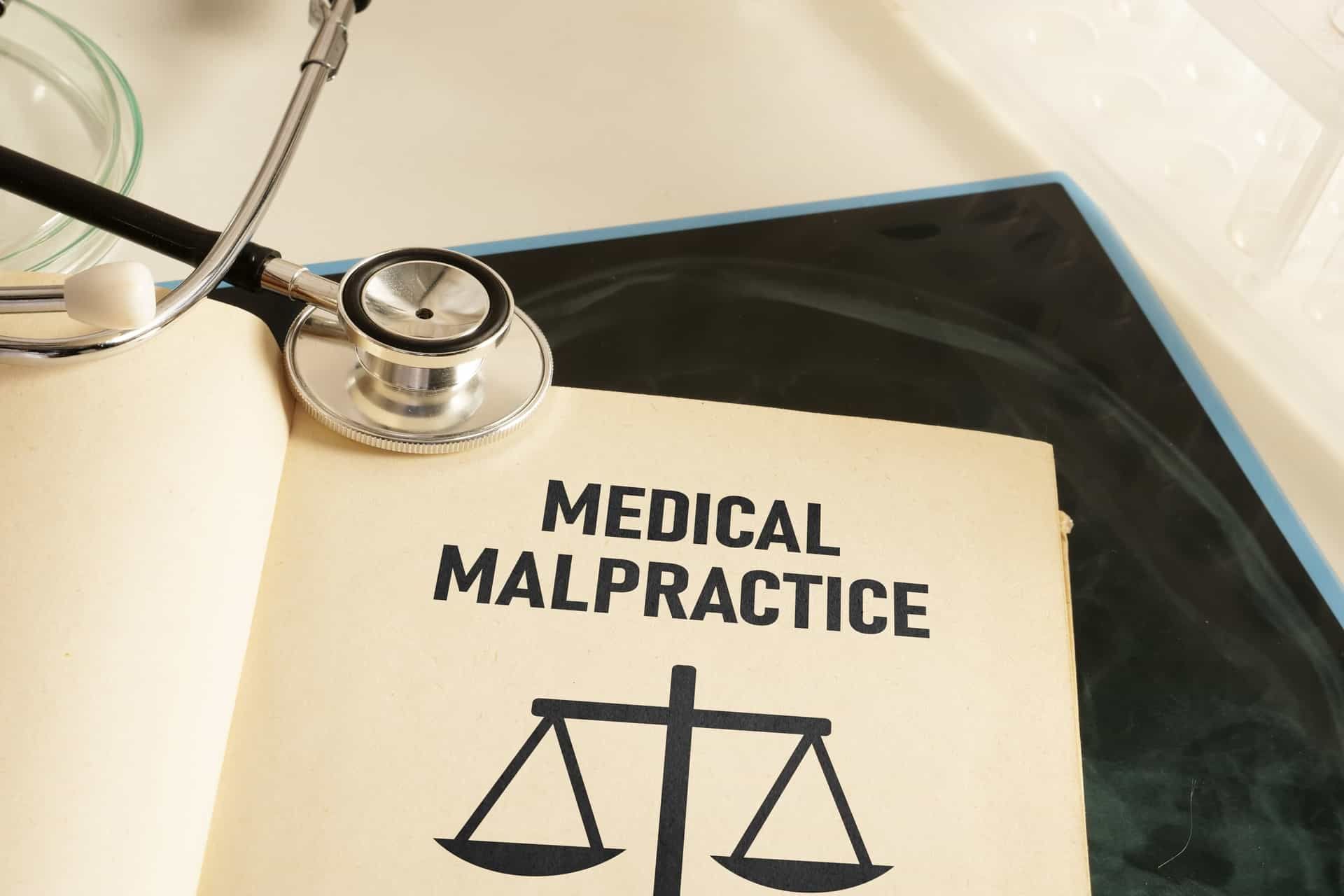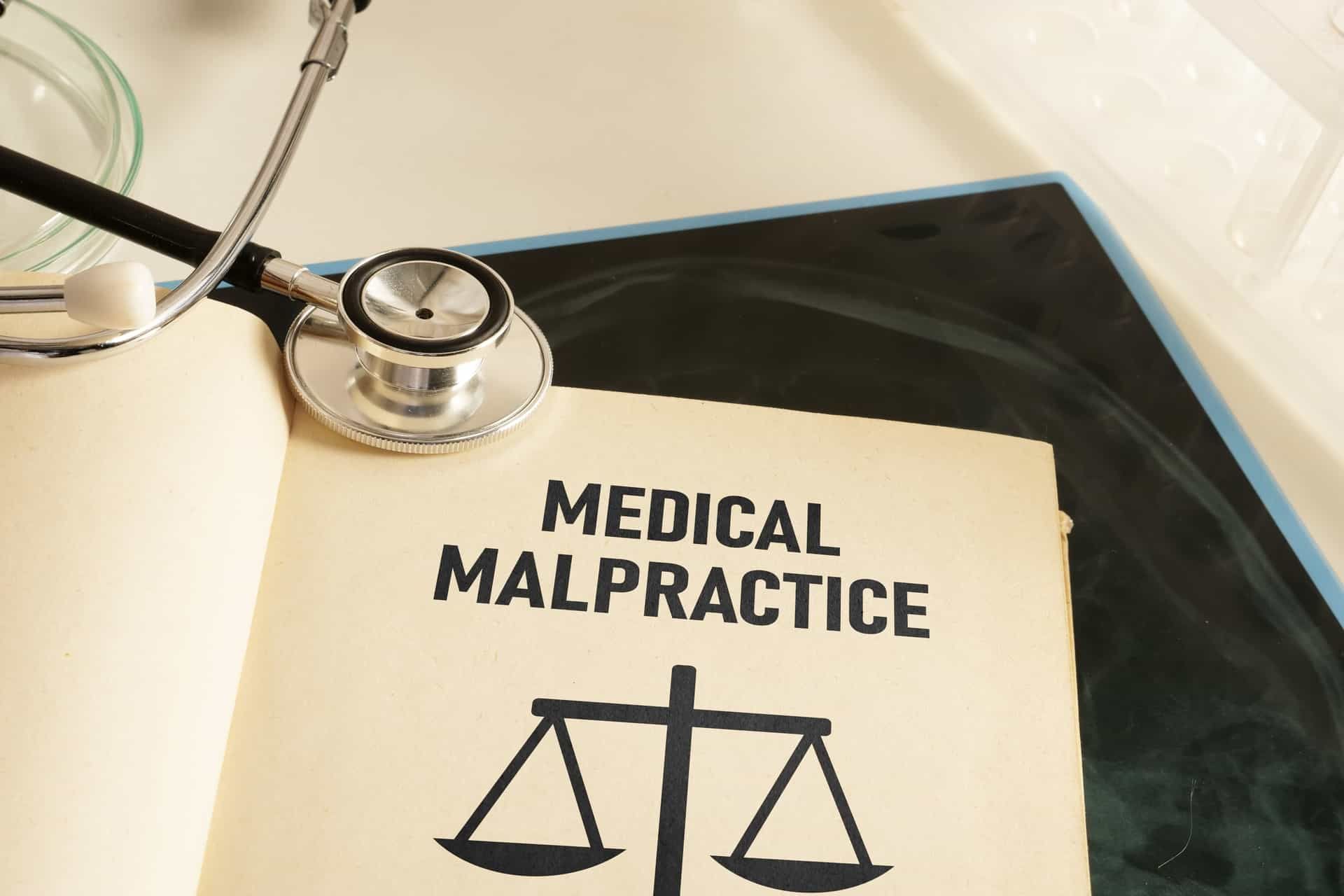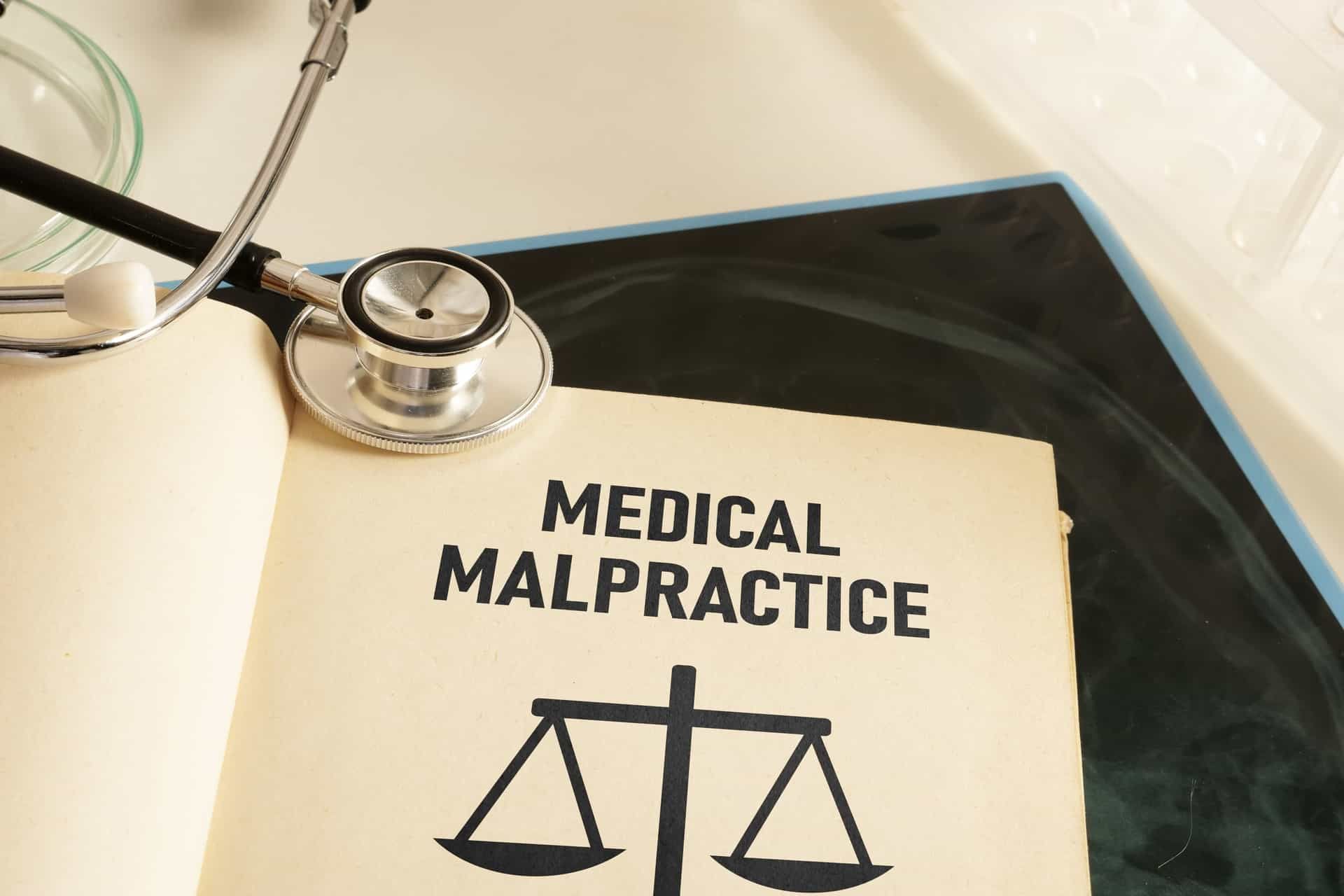Hospital Medical Malpractice Insurance: Essential Protection for Healthcare Institutions
Hospital medical malpractice insurance represents one of the most critical forms of professional liability coverage in the healthcare sector. As medical institutions face increasingly complex legal challenges and rising claim costs, comprehensive malpractice protection has become essential for operational sustainability and patient care continuity.
Understanding Hospital Medical Malpractice Insurance
Hospital medical malpractice insurance provides financial protection against claims alleging negligent medical care, treatment errors, or failure to meet accepted standards of medical practice. Unlike individual physician malpractice policies, hospital coverage addresses institutional liability arising from the collective actions of medical staff, administrative decisions, and systemic care delivery issues.
This specialized insurance covers legal defense costs, settlement payments, and court-awarded damages when patients or their families pursue compensation for alleged medical negligence. The coverage extends beyond individual practitioner errors to encompass broader institutional responsibilities including supervision, credentialing, and care coordination.
Key Coverage Components
Professional liability forms the cornerstone of hospital malpractice insurance, protecting against claims of substandard medical care, misdiagnosis, surgical errors, medication mistakes, and treatment delays. This coverage applies to both employed physicians and the hospital's vicarious liability for independent contractors working within the facility.
Premises liability coverage addresses injuries occurring on hospital property unrelated to medical treatment, including slip-and-fall accidents, security incidents, and environmental hazards. Given the 24/7 nature of hospital operations, this protection proves essential for comprehensive risk management.
Product liability protection covers claims arising from defective medical devices, pharmaceuticals, or equipment used in patient care. As hospitals increasingly rely on sophisticated medical technology, this coverage addresses potential manufacturer defects that could harm patients during treatment.
Cyber liability coverage has become increasingly important as hospitals digitize patient records and rely on interconnected medical systems. This protection addresses data breaches, ransomware attacks, and privacy violations that could expose sensitive patient information or disrupt critical care systems.
Common Hospital Malpractice Risks
Diagnostic errors represent a significant source of malpractice claims, particularly in emergency departments where time pressures and incomplete patient histories can lead to misdiagnosis or delayed diagnosis. These errors often result in delayed treatment, unnecessary procedures, or missed opportunities for early intervention.
Surgical complications generate substantial malpractice exposure, ranging from wrong-site surgery and retained instruments to anesthesia errors and post-operative infections. The complexity of modern surgical procedures and the involvement of multiple specialists increase potential liability exposure.
Medication errors occur throughout the hospital care continuum, from prescription and dispensing mistakes to administration errors and drug interactions. The high-stress environment and complex medication regimens common in hospital settings contribute to these preventable incidents.
Emergency department liability presents unique challenges due to the urgent nature of care, limited patient histories, and high patient volumes. Triage decisions, discharge timing, and communication failures between departments can result in significant malpractice exposure.
Birth injury claims often result in the highest settlement amounts due to lifetime care costs for affected children. Obstetric emergencies, fetal monitoring interpretation, and delivery complications require specialized expertise and create substantial liability exposure.
Factors Affecting Premium Costs
Hospital size and patient volume directly impact premium calculations, with larger facilities typically facing higher premiums due to increased exposure. Teaching hospitals often pay additional premiums due to the involvement of residents and medical students in patient care.
Specialty services significantly influence premium costs, with high-risk departments like neurosurgery, cardiothoracic surgery, and obstetrics commanding higher rates. Emergency departments and intensive care units also generate premium increases due to their inherent risk profiles.
Claims history plays a crucial role in premium determination, with facilities maintaining clean loss records benefiting from lower rates. Conversely, hospitals with frequent claims or large settlements face substantial premium increases and potential coverage restrictions.
Geographic location affects premiums due to varying legal environments, jury award trends, and state-specific regulations. Urban hospitals often face higher premiums due to larger jury awards and more litigious environments.
Risk management programs can significantly reduce premiums through demonstrated commitment to patient safety and loss prevention. Hospitals with robust quality assurance programs, incident reporting systems, and continuing education initiatives often qualify for premium discounts.
Selecting Appropriate Coverage Limits
Coverage limits should reflect the hospital's risk profile, asset value, and potential exposure scenarios. Primary limits typically range from $1 million to $3 million per occurrence, with aggregate limits of $3 million to $9 million annually.
Excess coverage provides additional protection above primary limits, with many hospitals maintaining total coverage of $10 million to $25 million or more. Large academic medical centers and trauma centers often require even higher limits due to their complex case mix and teaching responsibilities.
Per-occurrence limits address individual claims, while aggregate limits cap total annual payouts. Hospitals must balance adequate protection with premium costs, considering their specific risk factors and financial capacity.
Risk Management Strategies
Comprehensive credentialing processes ensure that only qualified practitioners provide patient care within the facility. Regular re-credentialing, ongoing competency assessments, and peer review programs help maintain care standards and reduce malpractice exposure.
Quality assurance programs identify potential problems before they result in patient harm or legal claims. These programs include incident reporting systems, root cause analysis, and systematic review of adverse events to prevent recurrence.
Communication training for medical staff improves patient relationships and reduces the likelihood of malpractice claims. Effective communication about treatment plans, risks, and outcomes helps build trust and prevents misunderstandings that often lead to litigation.
Documentation standards ensure accurate, complete medical records that support care decisions and provide legal protection. Proper documentation practices include timely entries, clear communication between providers, and comprehensive informed consent processes.
Claims Management Process
Immediate notification to the insurance carrier when potential claims arise allows for prompt investigation and early intervention. Delayed reporting can compromise defense strategies and potentially void coverage under policy terms.
Legal defense coordination involves working with experienced medical malpractice attorneys who understand healthcare operations and can effectively represent the hospital's interests. The insurance carrier typically selects and manages defense counsel.
Settlement negotiations require careful consideration of liability exposure, potential jury awards, and reputational impact. While settlement may resolve claims efficiently, hospitals must balance financial considerations with admission of fault implications.
Regulatory Compliance Considerations
Joint Commission standards require hospitals to maintain comprehensive risk management programs addressing patient safety and quality improvement. Compliance with these standards often influences insurance availability and premium costs.
State reporting requirements mandate disclosure of certain adverse events and malpractice settlements to regulatory authorities. These requirements vary by jurisdiction and may affect insurance coverage terms.
Medicare and Medicaid participation requirements include specific quality measures and patient safety protocols that can impact malpractice exposure and insurance costs.
Future Trends and Considerations
Telemedicine expansion creates new liability exposures as hospitals extend care delivery beyond traditional facility boundaries. Insurance policies must address remote care risks and interstate practice issues.
Value-based care models shift focus from volume to outcomes, potentially reducing some malpractice exposures while creating new risks related to care coordination and population health management.
Artificial intelligence integration in diagnostic and treatment decisions raises questions about liability allocation between human providers and technology systems. Insurance coverage must evolve to address these emerging risks.
Conclusion
Hospital medical malpractice insurance provides essential protection for healthcare institutions navigating complex liability exposures in modern medical practice. Comprehensive coverage, combined with effective risk management strategies, enables hospitals to focus on patient care while maintaining financial stability.
The investment in quality malpractice insurance and proactive risk management ultimately protects not only the hospital's financial interests but also its ability to serve the community's healthcare needs. As medical practice continues evolving, insurance coverage must adapt to address emerging risks while maintaining the fundamental protection that enables hospitals to fulfill their healing mission.


 0330 127 2333
0330 127 2333
